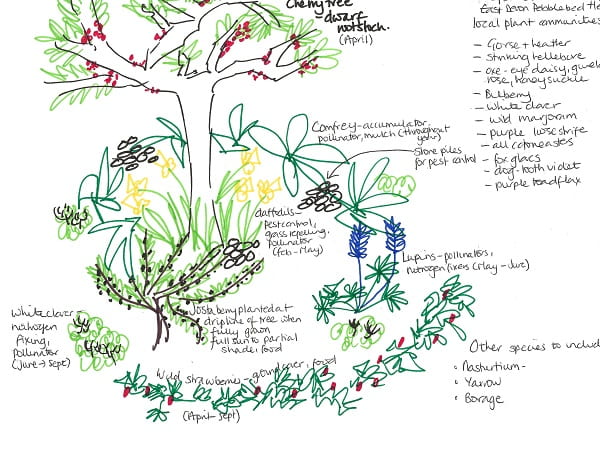If you build it, they will come part 3
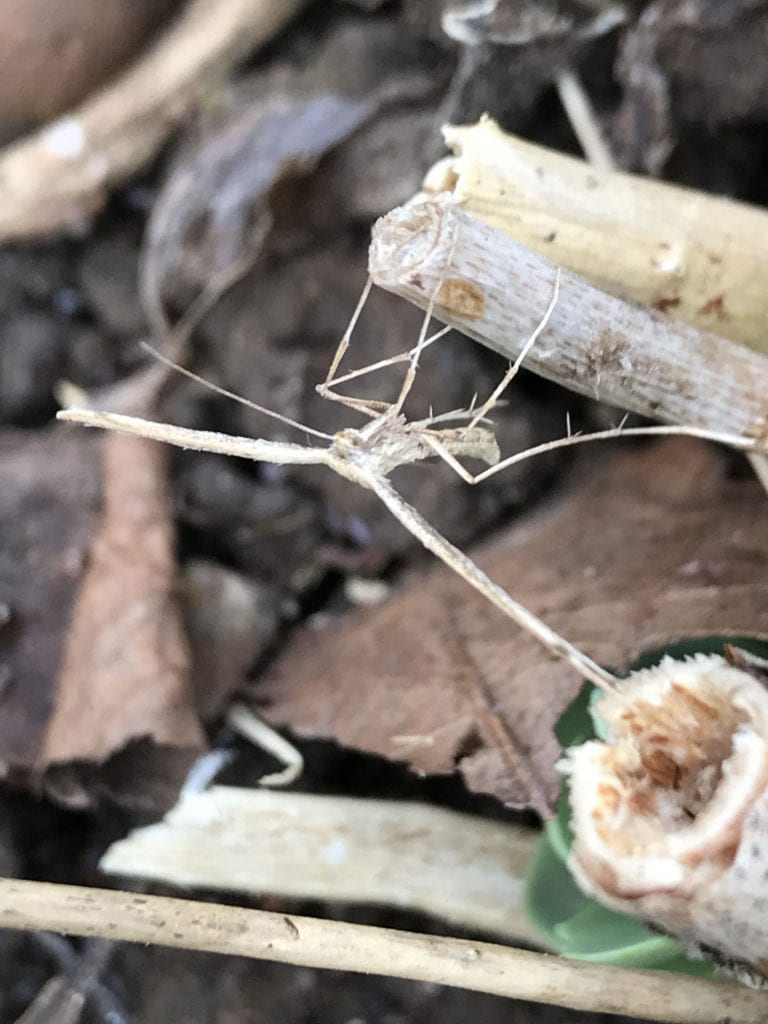
The Brownfield Site bed has now been emptied. It had about 8 Hylotelephium, probably Autumn Joy, in it which insects love. In late Summer it was covered in bees, hoverflies and wasps and if I could only have 5 plants for insects this is one that I would choose to keep. The other 4 would be Skimmia japonica, Cotoneaster horizontalis, Echium vulgare and Solidago. This meant that I didn’t want to get rid of them, just divide and move them so now we have them grouped all over the garden in the Thugs Bed and there is plenty to give away to the rest of the allotment site. You can read part 1 and part 2 of this series to find out what my ultimate aim is.
Whilst I was working on the hylotelephia (is that how you do the plural?), I disturbed a common plume moth. I have seen them before on the site and they are quite distinctive with those small wings. They look a bit like a miniature stick insect.
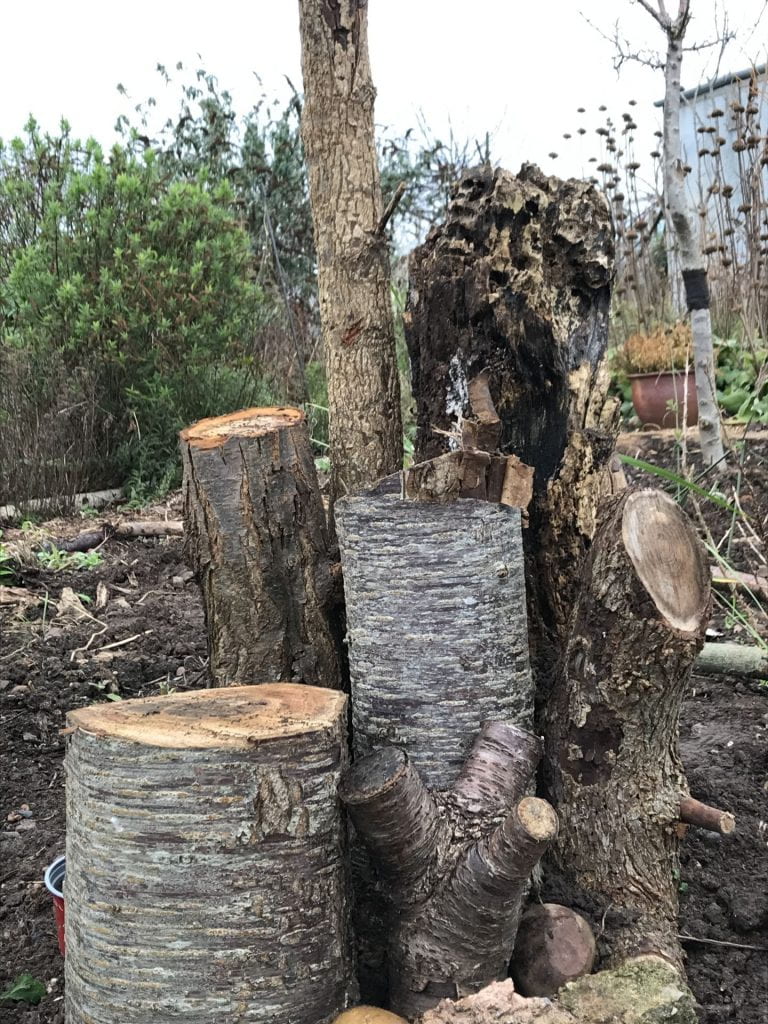
The first thing I wanted to build was a log pile on end. I only needed 4 or 5 fairly sturdy logs which I have after we had some tree cutting on the site last spring. I dug a round hole, stood them on end and then moved the soil back to bury them.
The log at the back had been lying down on the bed for a couple of years I would say, so I stood that up as well because it will have a lot of the sort of life that we want in it already and it will mean that the wildlife we want in this area is already here.
At the bottom of the picture you might just be able to see some stones and concrete rubble. I am making a river of these from the log pile to the edge of the bed, which is south facing, so that invertebrates now have 3 types of habitat in close proximity – wood pile to live in, stones to live under and to bask on in the sun and some bits of bare soil around them. This is all part of building the structural complexity and diversity that invertebrates need. Round, water-shaped stones are something we have a lot of in our soil so it shouldn’t take me too long to complete that part.
The plants in this bed are all going to be yellow and white so I have a Libertia grandiflora to plant behind the pile – in my garden they are in almost full-time shade and at the side a bushy honeysuckle I nipped a cutting off on my morning walk. The flowers are yellow and white and heavily scented so will be delicious. I am planting it in the shade of the logs and hope that it is not too sunny for it. If it is, I will move it.
It is a start. What projects are you working on?
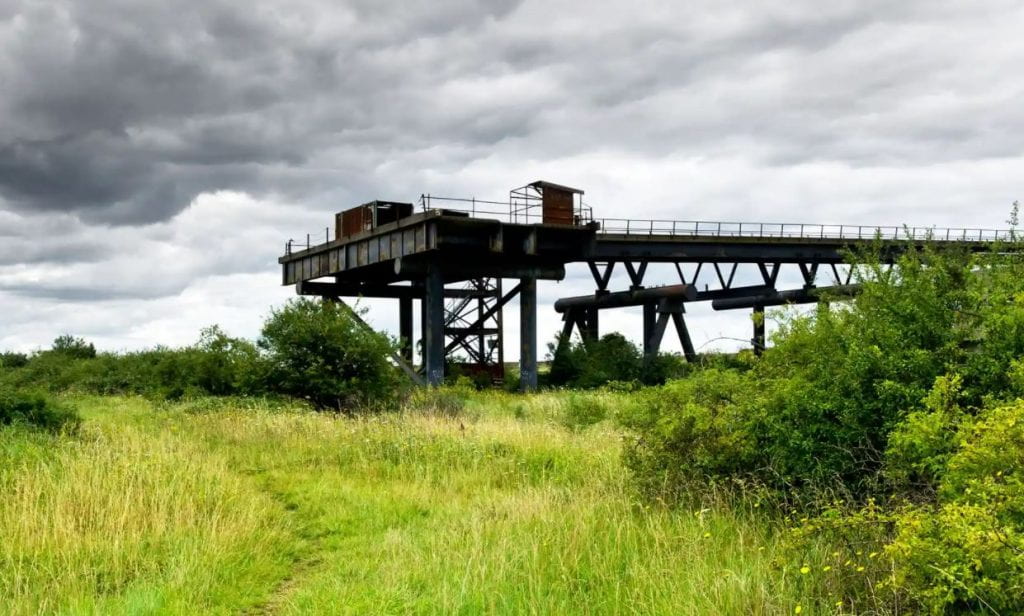

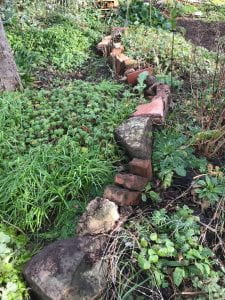 My first idea is to build a dry rubble wall that snakes through the Thugs Bed. I did start to build it at the front of the bed but then had a nightmare about children falling on it and cutting themselves open – easily done as it has sharp edges. So, after much thought I have moved it into the bed where it will probably be much more suited to the bugs. The bed faces south so the wall should warm up in the sun and critters can sun themselves on it. It’s not really warm enough at the moment but it will be.
My first idea is to build a dry rubble wall that snakes through the Thugs Bed. I did start to build it at the front of the bed but then had a nightmare about children falling on it and cutting themselves open – easily done as it has sharp edges. So, after much thought I have moved it into the bed where it will probably be much more suited to the bugs. The bed faces south so the wall should warm up in the sun and critters can sun themselves on it. It’s not really warm enough at the moment but it will be.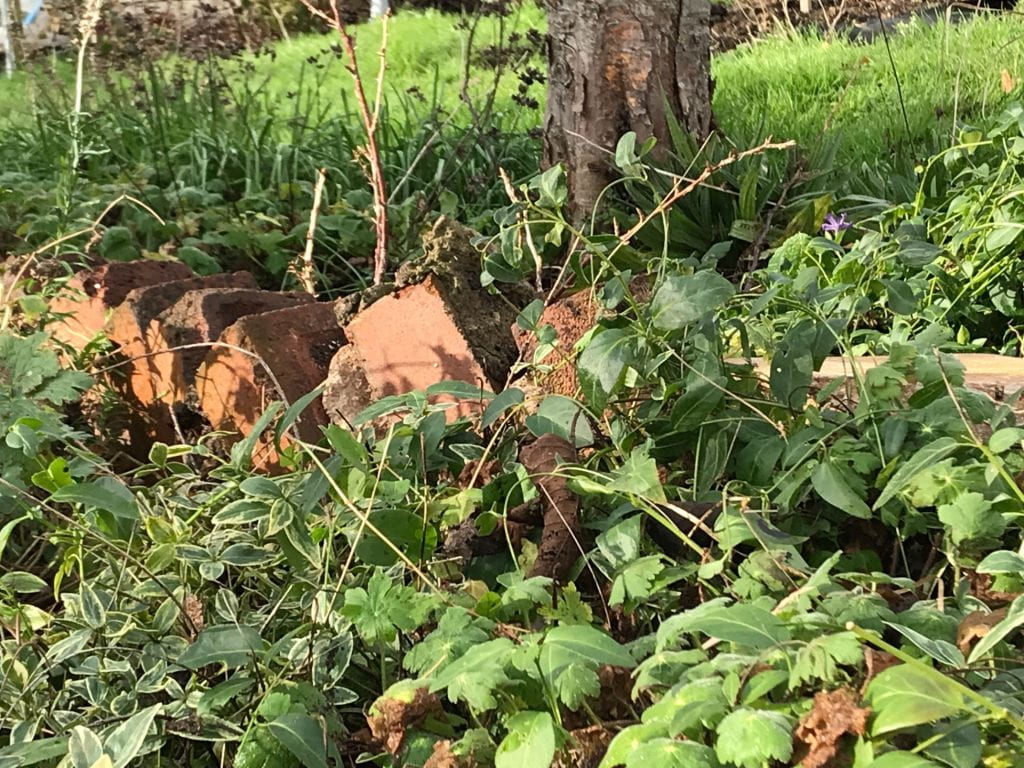
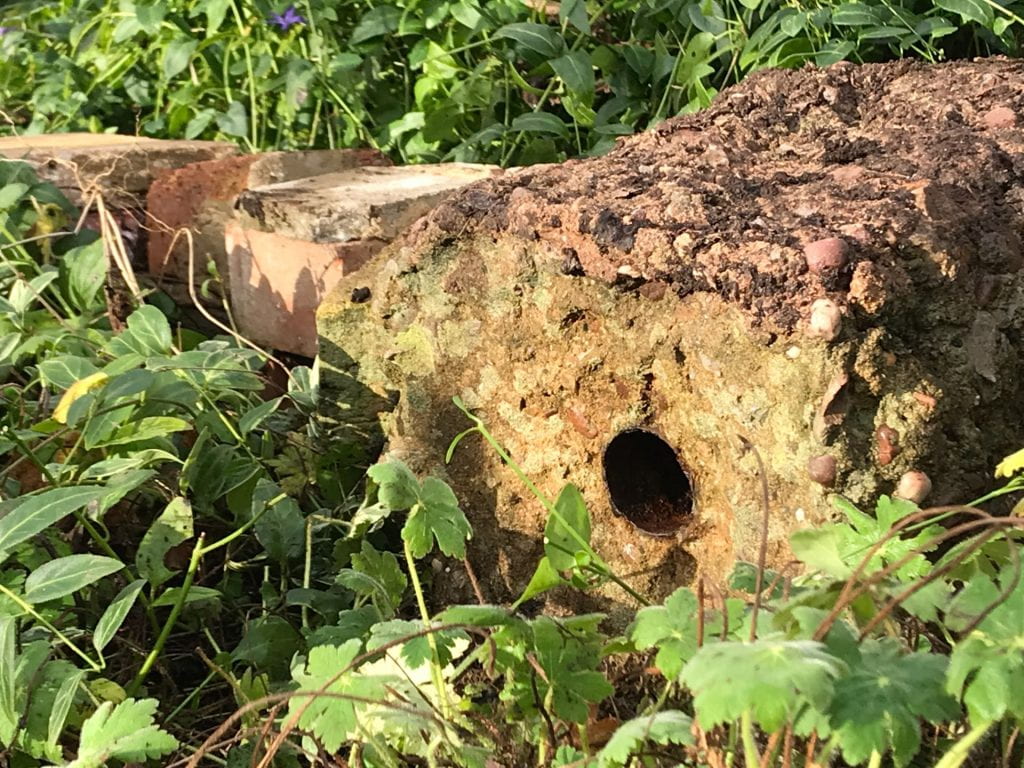
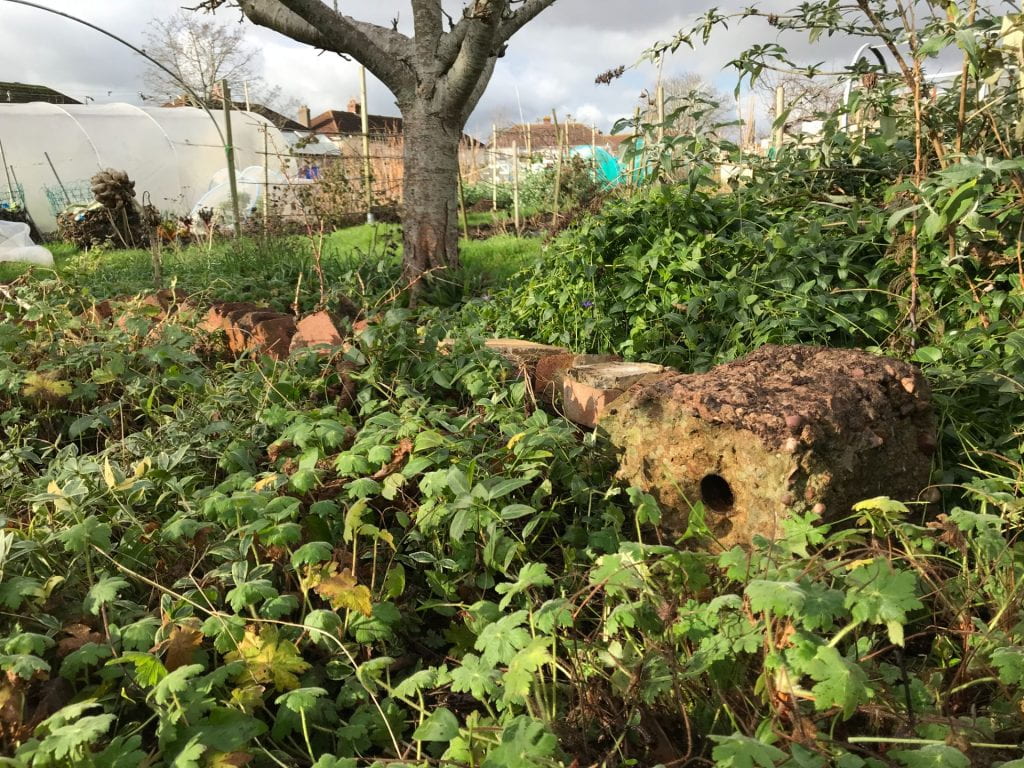
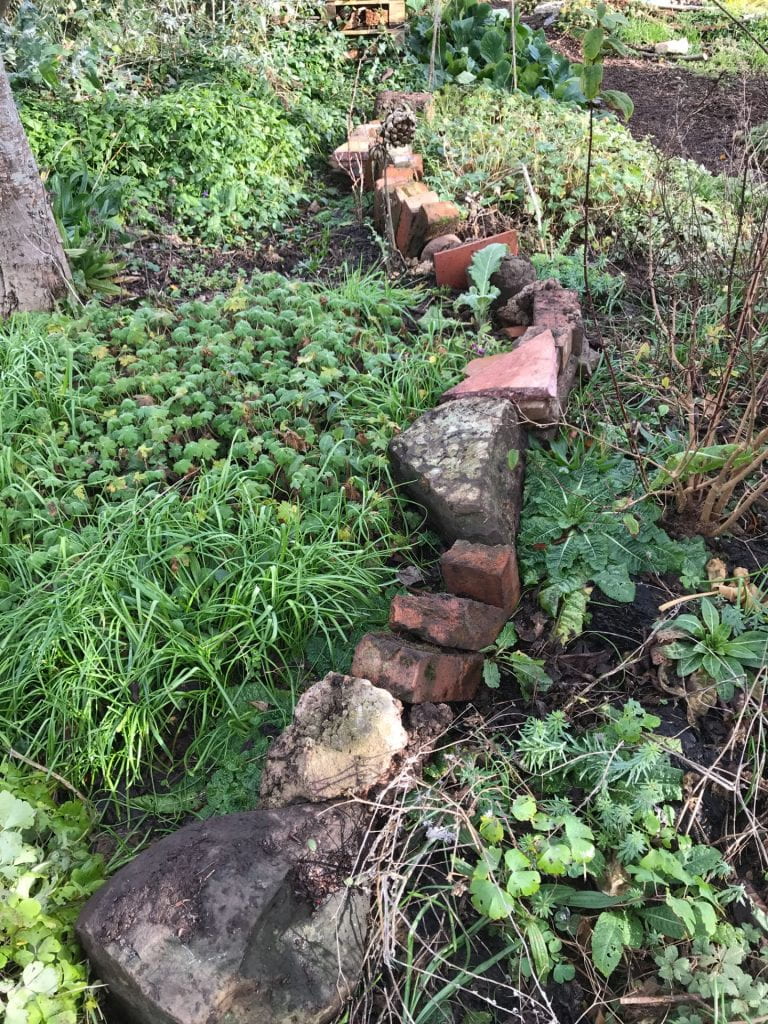
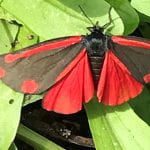
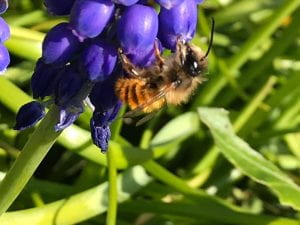 I have been looking a lot at lists of plants for bees and butterflies because I made myself a promise that this year I would add plants to the wildlife plot so that there would at least one more that flowers each month.
I have been looking a lot at lists of plants for bees and butterflies because I made myself a promise that this year I would add plants to the wildlife plot so that there would at least one more that flowers each month.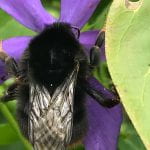
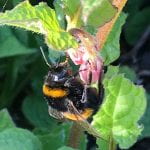
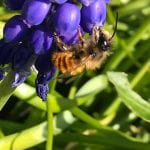
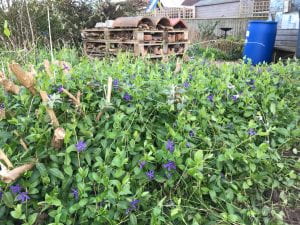 I have two goals this year for the wildlife garden on the allotments. The first is to sort out the bed under the apple tree. It has become overrun with vinca, which has run half way down the plot and will run down the other half if I don’t take action now.
I have two goals this year for the wildlife garden on the allotments. The first is to sort out the bed under the apple tree. It has become overrun with vinca, which has run half way down the plot and will run down the other half if I don’t take action now.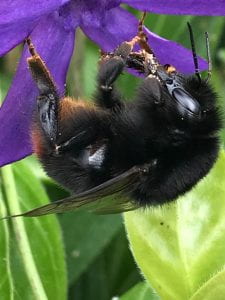
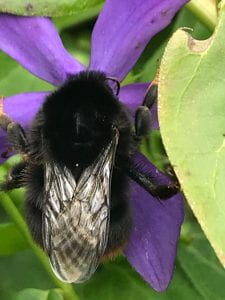
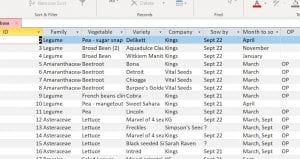
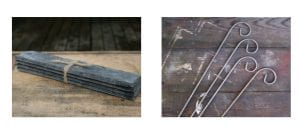 In order to support resolution number 1, I have bought some very fancy labels – metal hooks which you stick in the ground and slate labels that you hang from them. This was a present to myself and they will be used specifically for veg or flowers that I want to collect seed from. Even if the writing wears off, I will at least know which plants to collect seed from. All I need now is a marker to write on the slate – note to self! The whole system could come crashing down for want of such marker.
In order to support resolution number 1, I have bought some very fancy labels – metal hooks which you stick in the ground and slate labels that you hang from them. This was a present to myself and they will be used specifically for veg or flowers that I want to collect seed from. Even if the writing wears off, I will at least know which plants to collect seed from. All I need now is a marker to write on the slate – note to self! The whole system could come crashing down for want of such marker.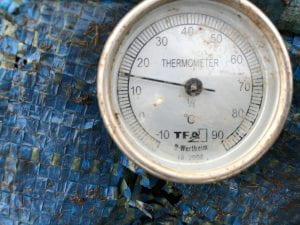

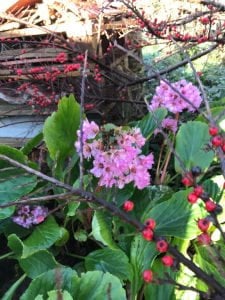
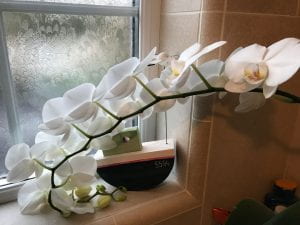 And finally, with no resolution attached to it is the orchid in my bathroom which has a very long stem of flowers this winter. I have learnt: feed it all spring and summer and it will flower all winter for you. Beautiful.
And finally, with no resolution attached to it is the orchid in my bathroom which has a very long stem of flowers this winter. I have learnt: feed it all spring and summer and it will flower all winter for you. Beautiful.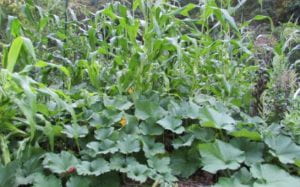 The use of guilds in permaculture is about many things. Firstly, it is a group of plants that work together to provide the conditions that they all need to survive. This is more than being companion planting because the sum of the group is greater than the individual parts. Secondly, they are an ideal bridge between a vegetable garden and a wildlife garden, perfect for my aim which is to demonstrate that wildlife and vegetable growing can go hand in hand.
The use of guilds in permaculture is about many things. Firstly, it is a group of plants that work together to provide the conditions that they all need to survive. This is more than being companion planting because the sum of the group is greater than the individual parts. Secondly, they are an ideal bridge between a vegetable garden and a wildlife garden, perfect for my aim which is to demonstrate that wildlife and vegetable growing can go hand in hand.